Ice cracked tea bowl Bunsai Ogawa (5th generation)
Ice cracked tea bowl Bunsai Ogawa (5th generation)
Couldn't load pickup availability
Width: 13.0cm x 13.0cm Height: 8.0cm
Ice crystals reflecting the silence "Ice crack tea bowl" by Ogawa Bunsai the 5th
This "Ice Crack Tea Bowl" is covered entirely in a beautiful ice crack pattern, like tiny cracks running through the ice on a still lake. The glaze surface reflects faintly depending on the angle of the light, giving the viewer a sense of dignified serenity and a deep aftertaste, as if a natural winter landscape had been sealed away in the shape of a single tea bowl.
The "ice cracks" that appear in the glaze are a phenomenon created by the extremely delicate shrinkage of the glaze, and each crack decorates the surface of the pottery just like ice crystals. These crack patterns are not merely decorative; they are like "time" trapped within the glaze, a combination of chance and necessity that occurs over a long period of time and through exquisite firing adjustments.
The same ice crack pattern is also seen on the inside of the tea bowl, which resonates with the steam that rises when the matcha is being made, giving the feeling that the bowl itself is breathing. The rim is slightly wavy, and it feels very soft when picked up, making it easy to hold. This is a masterpiece that harmonizes functionality as a tool with dignity as a work of art at a high level.
The aesthetic sense and spirituality of the fifth generation Ogawa Bunsai
Ogawa Bunsai V (real name: Ogawa Kinji) was born in Gojozaka, Kyoto in 1926. He was exposed to the world of pottery from an early age under his father, Ogawa Bunsai IV. Since then, he has been active at the forefront of the Japanese pottery world, winning numerous awards at the Nitten Exhibition, the Contemporary Japanese Ceramic Art Exhibition, and the Vallauris International Ceramic Exhibition.
In particular, Godai's works skillfully express contrasts such as "stillness and movement," "inside and outside," and "hot and cold," and this philosophy is strongly felt in "Ice-Cracked Tea Bowl." While the ice has a cold and quiet expression, the power of flame resides within, and the viewer can sense a "quiet heat" in the work.
After officially assuming the name of Bunsai V in 1991, he also devoted himself to mentoring the next generation of ceramic artists as president of Kyoto College of Art, where he taught under the belief that "tradition is not about form, but about the inheritance of spirit." His philosophy is embodied in each and every piece of work, and continues to influence many ceramic artists today.
A design that combines the beauty of ice with the warmth of earth
This "Ice-Cracked Tea Bowl" is a work that beautifully sublimates the relationship between the clay and glaze as materials. The soft texture of the clay that has been fired into the base and the cold glassy texture of the glaze contrast, but neither is lacking and complements the other. It can be said that this harmony most succinctly speaks to the spirit that Ogawa Bunsai 5th pursued throughout his life, that "tableware should be close to the heart of the person who uses it."
Pride as a successor to tradition
This tea bowl made by the Godai family is imbued with the history and genealogy of Bunsai Kiln, which has continued since the first generation. The techniques and spirit have been passed down since 1847, when the first generation Ogawa Bunsai (Bunsuke) learned kiln-building techniques in Kyushu and returned to Kyoto. This work, which can be said to be the crystallization of that, is a perfect fusion of Godai's sincere handiwork and his sensitivity to the ever-changing beauty of nature. The Ice-Cracked Tea Bowl is truly a "one vessel, one landscape" and is like a mirror that reflects the life and spirit that the fifth generation Ogawa Bunsai dedicated to pottery. Every time you look at it, it gives a different impression, and every time you pick it up, it tells a new story - this tea bowl, full of such profound charm, will add a quiet light to our lives. Please take this opportunity to enjoy the tranquil world created by the Ice-Cracked Tea Bowl made by the fifth generation Ogawa Bunsai.
Share
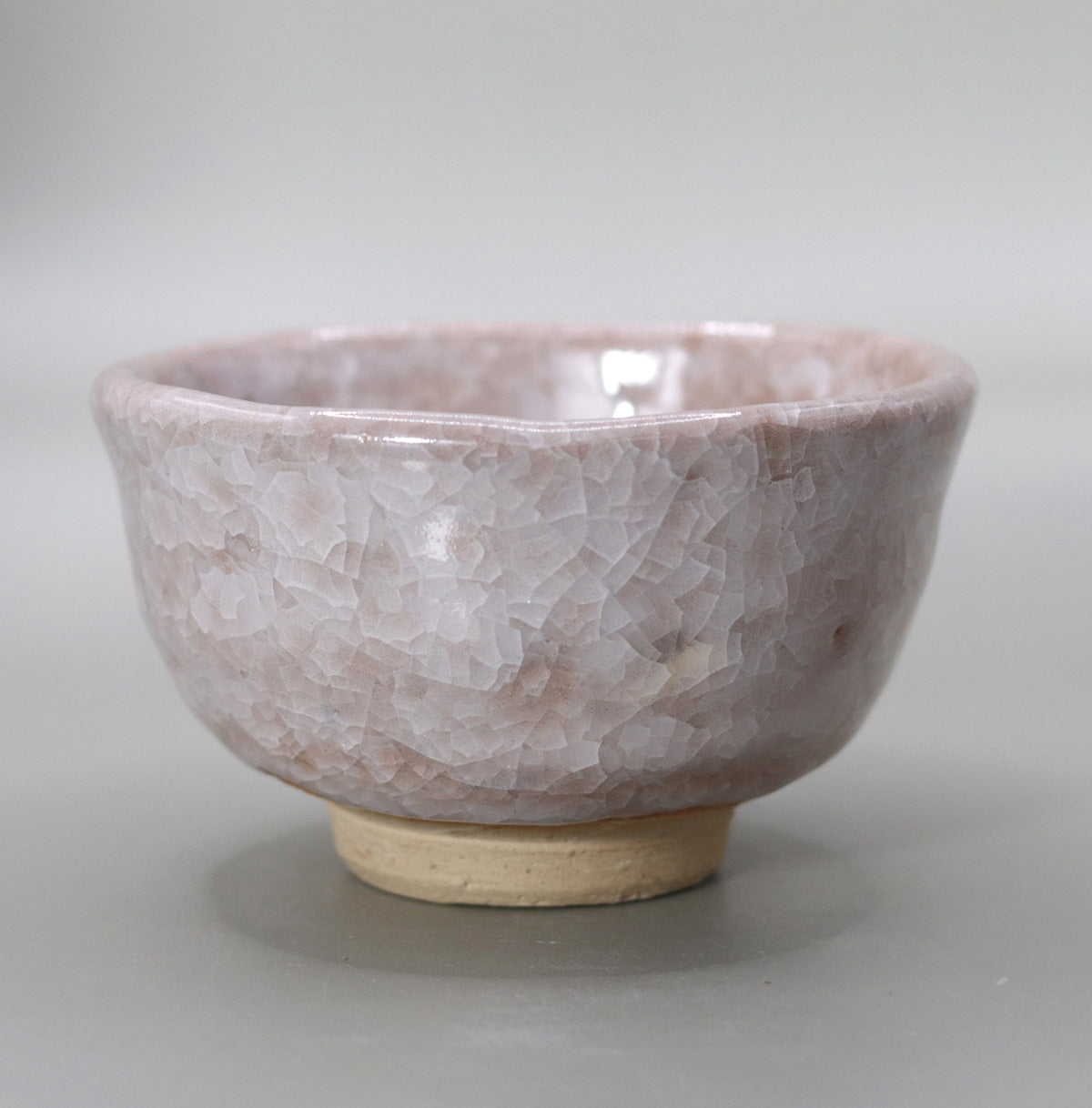
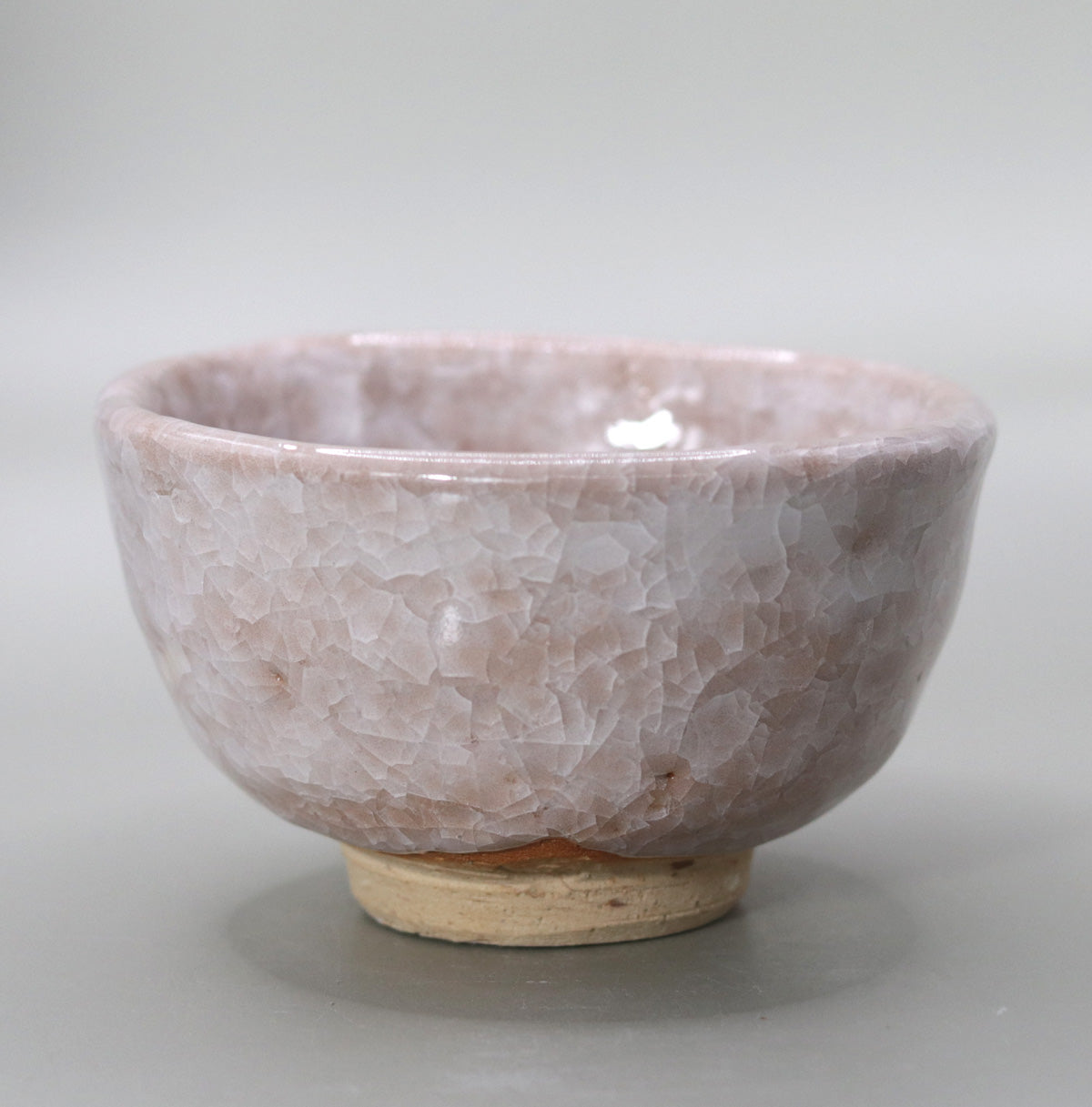
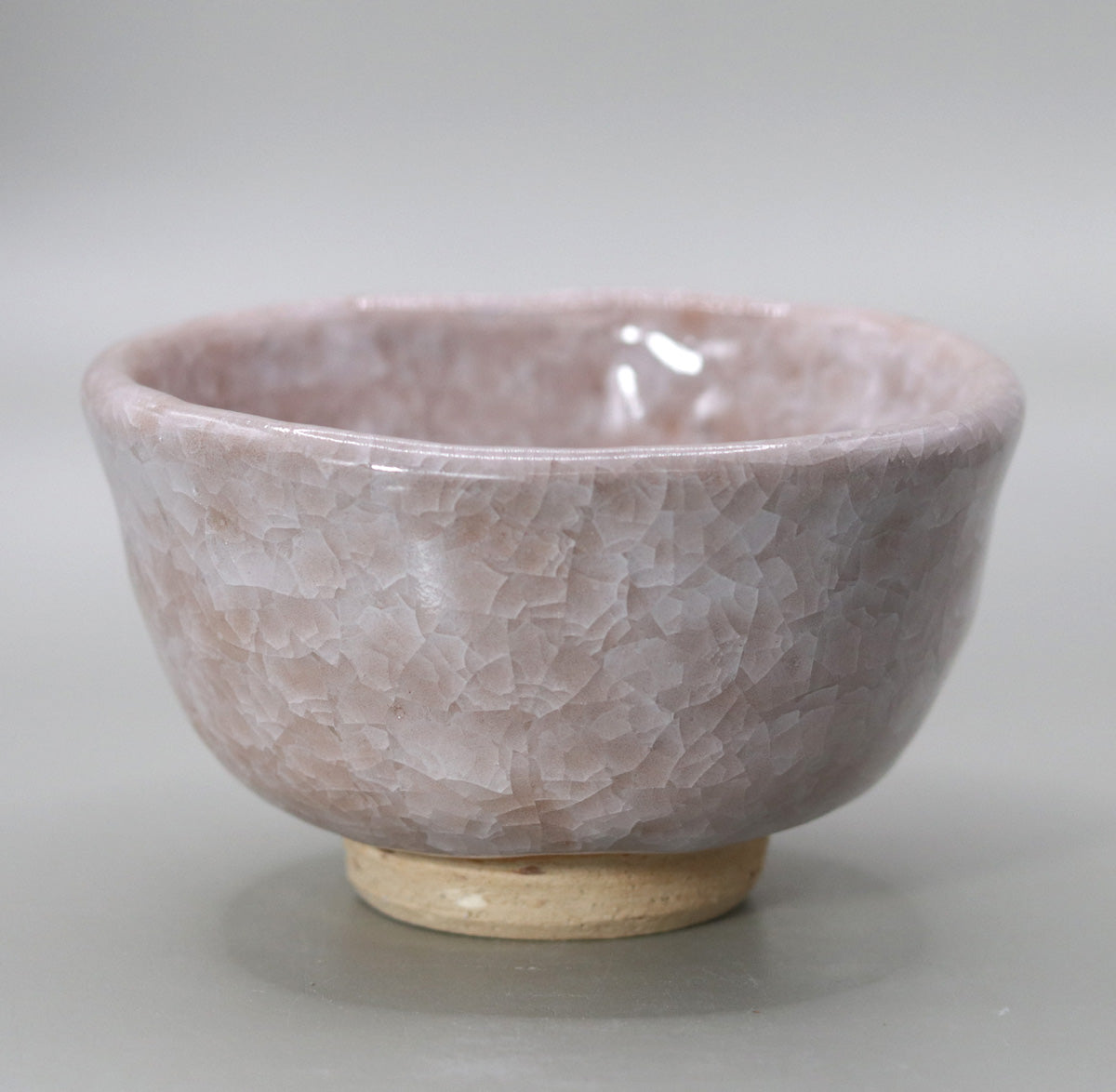
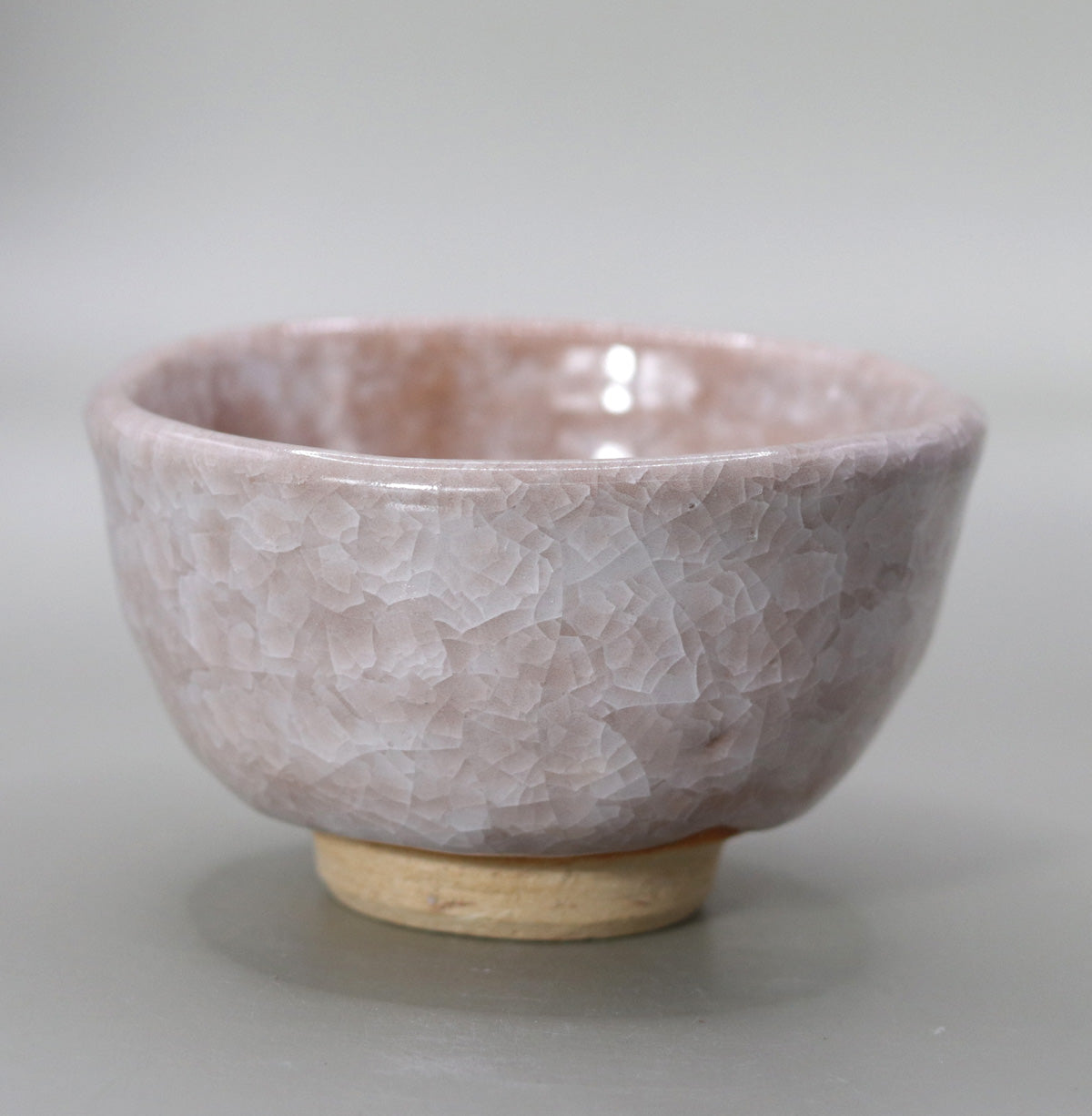
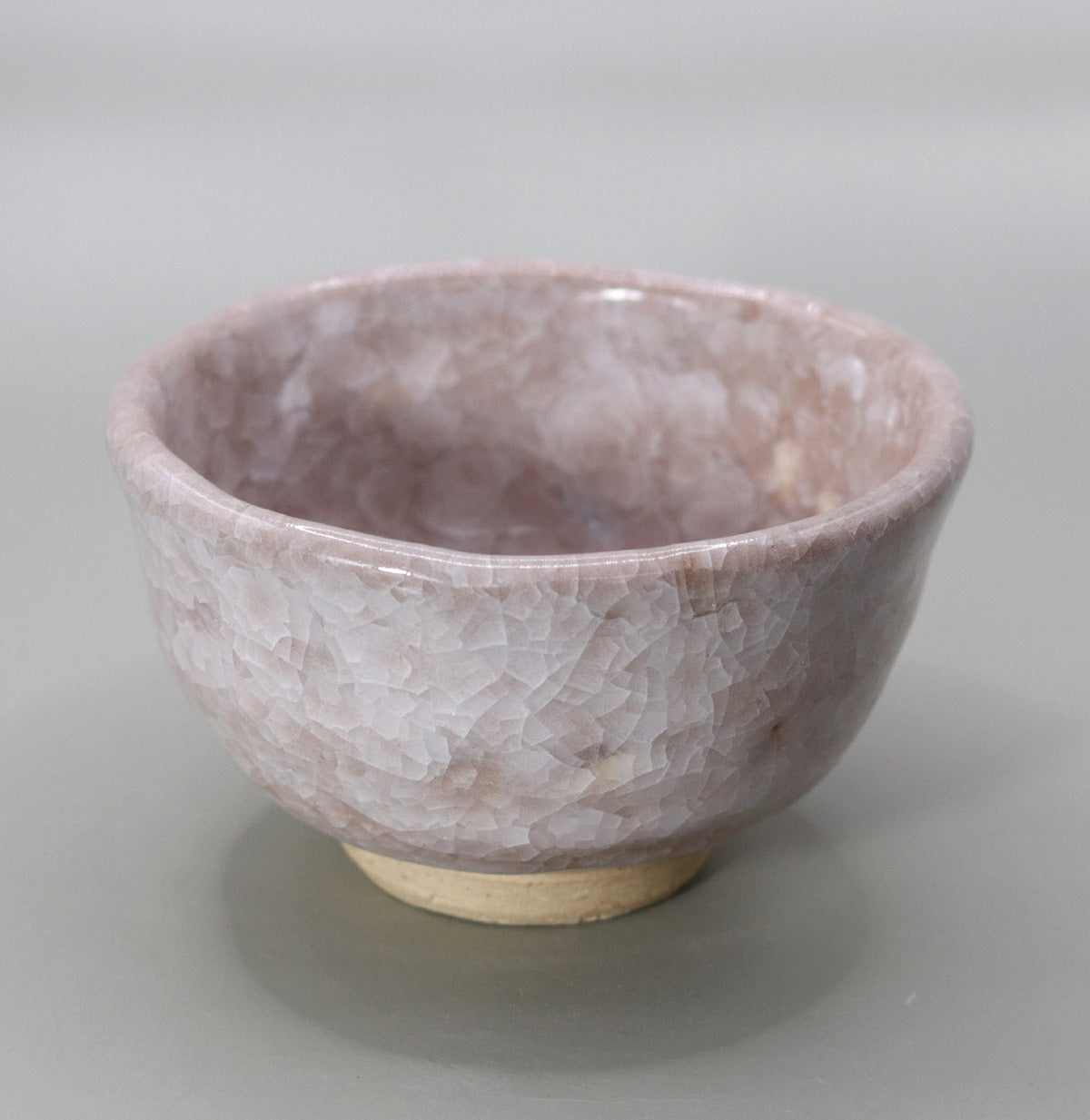
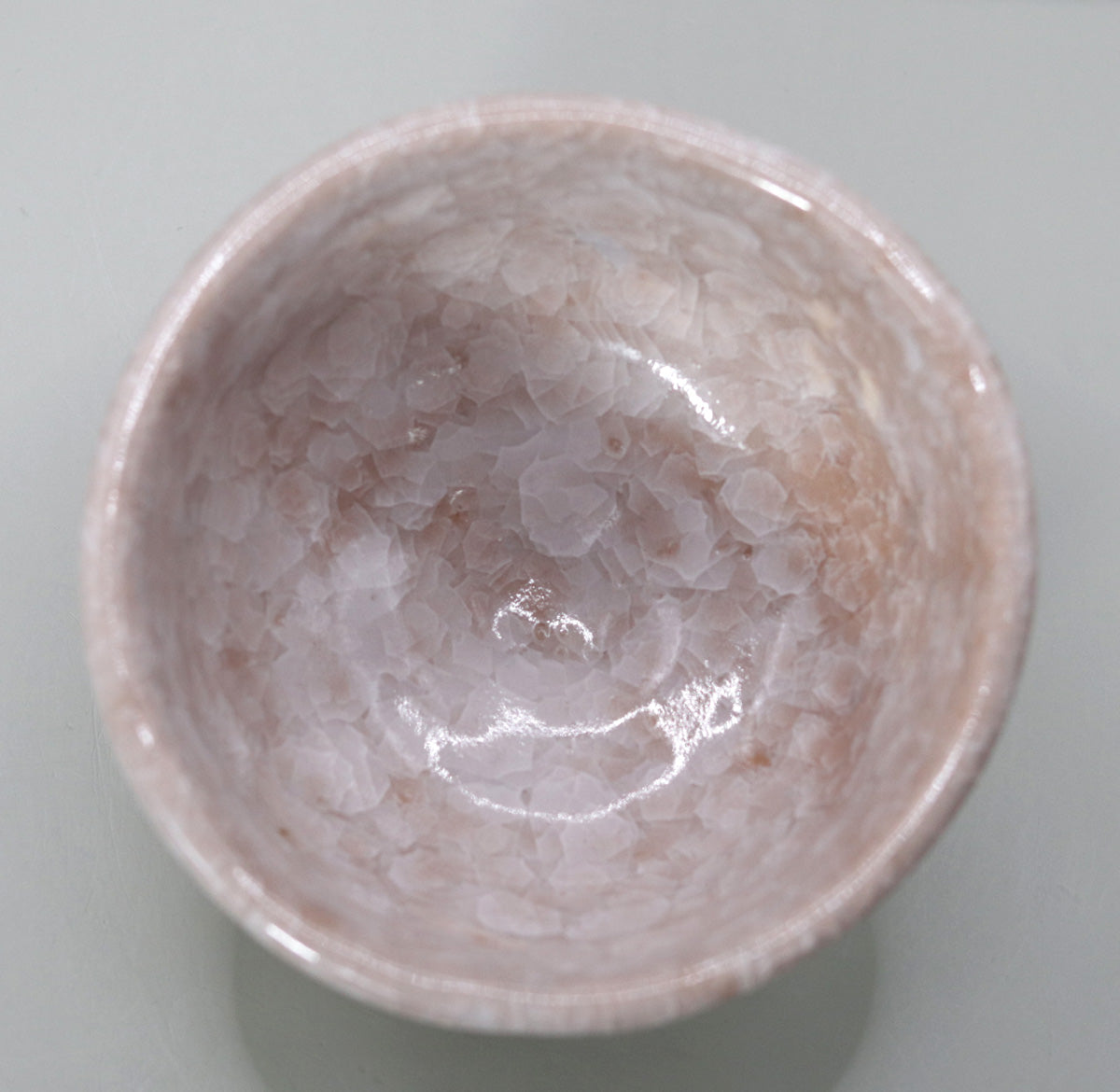
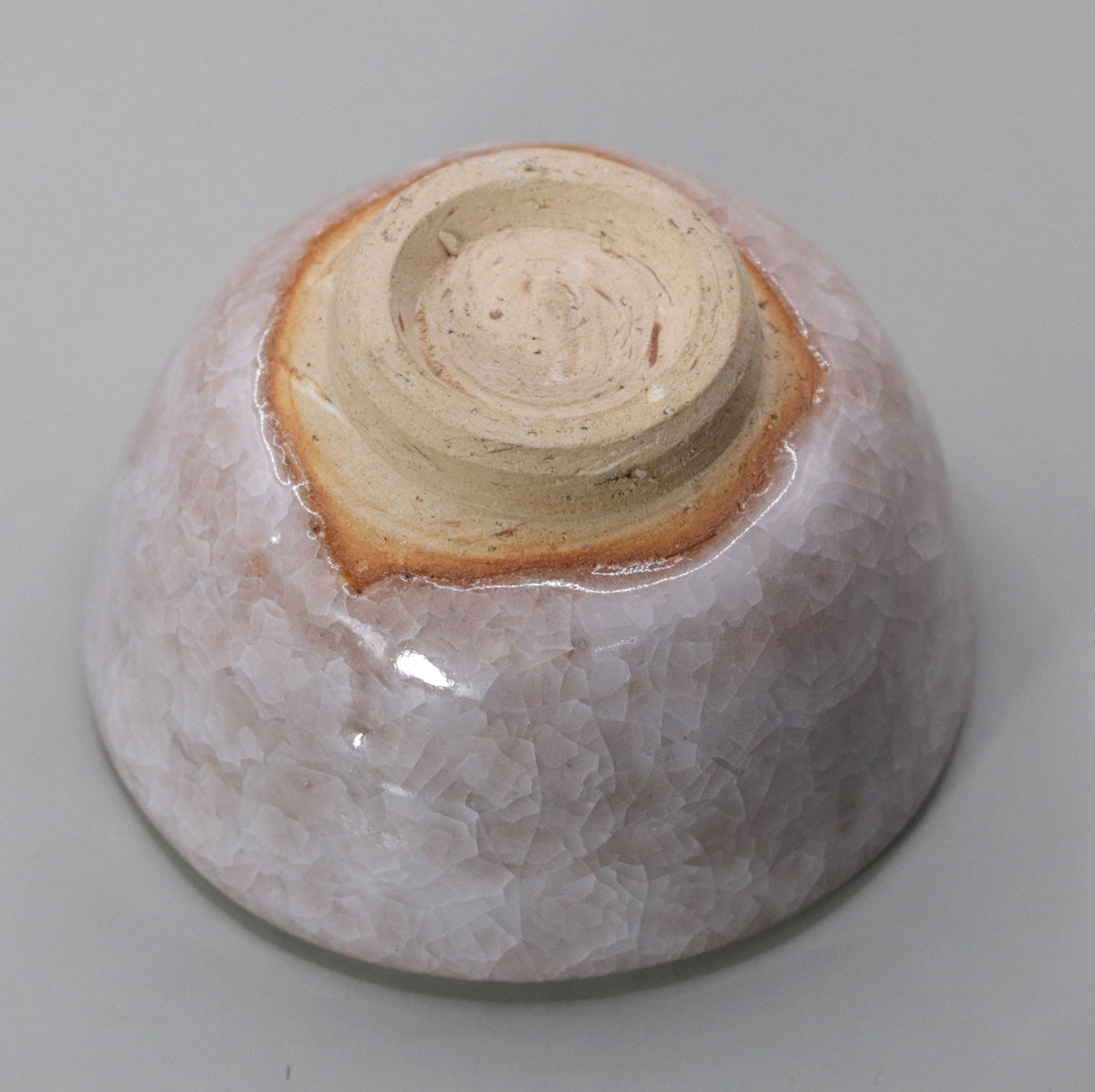
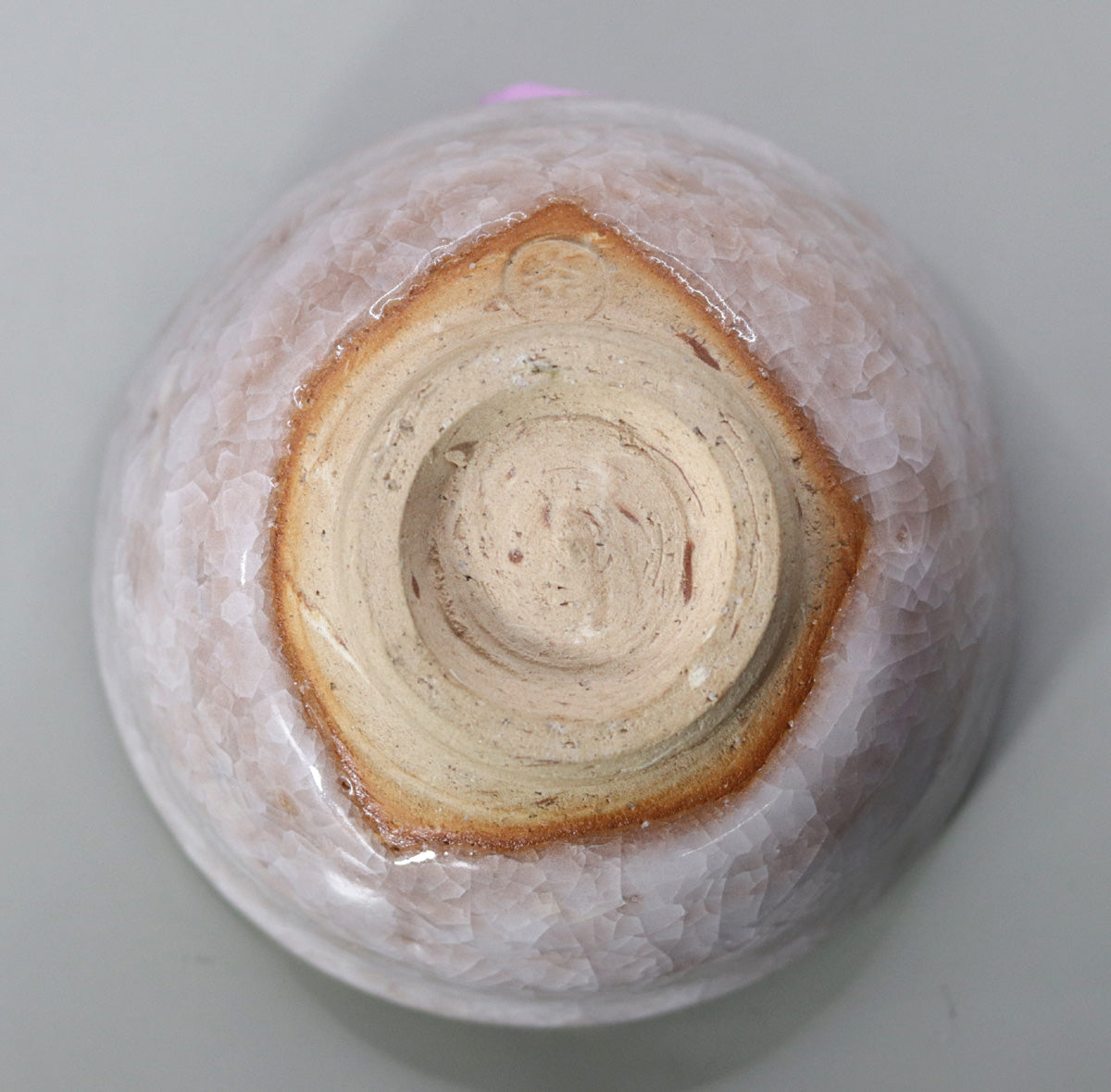
Multi-Column
-
[I will send it to you quickly and carefully]
We carefully package each product in a way that suits it best.
Also, delivery times vary depending on the piece (vessel, etc.).
Items that already come with a box will be shipped within 1-3 days of the order date.
For items that require a box to be made after your order, it will take approximately 30 days for production to be completed and then shipped.
In either case, once we have confirmed your order, we will contact you by email to inform you of the delivery date.
-
[Requests when purchasing pottery]
Even products that look the same may differ slightly in color, shape, size, etc.
The way the glaze is used, the power of the kiln, the firing method, the season, and the humidity also affect the appearance of the pottery.
Please understand the individuality of each piece of pottery and enjoy the unique warmth of handmade.








